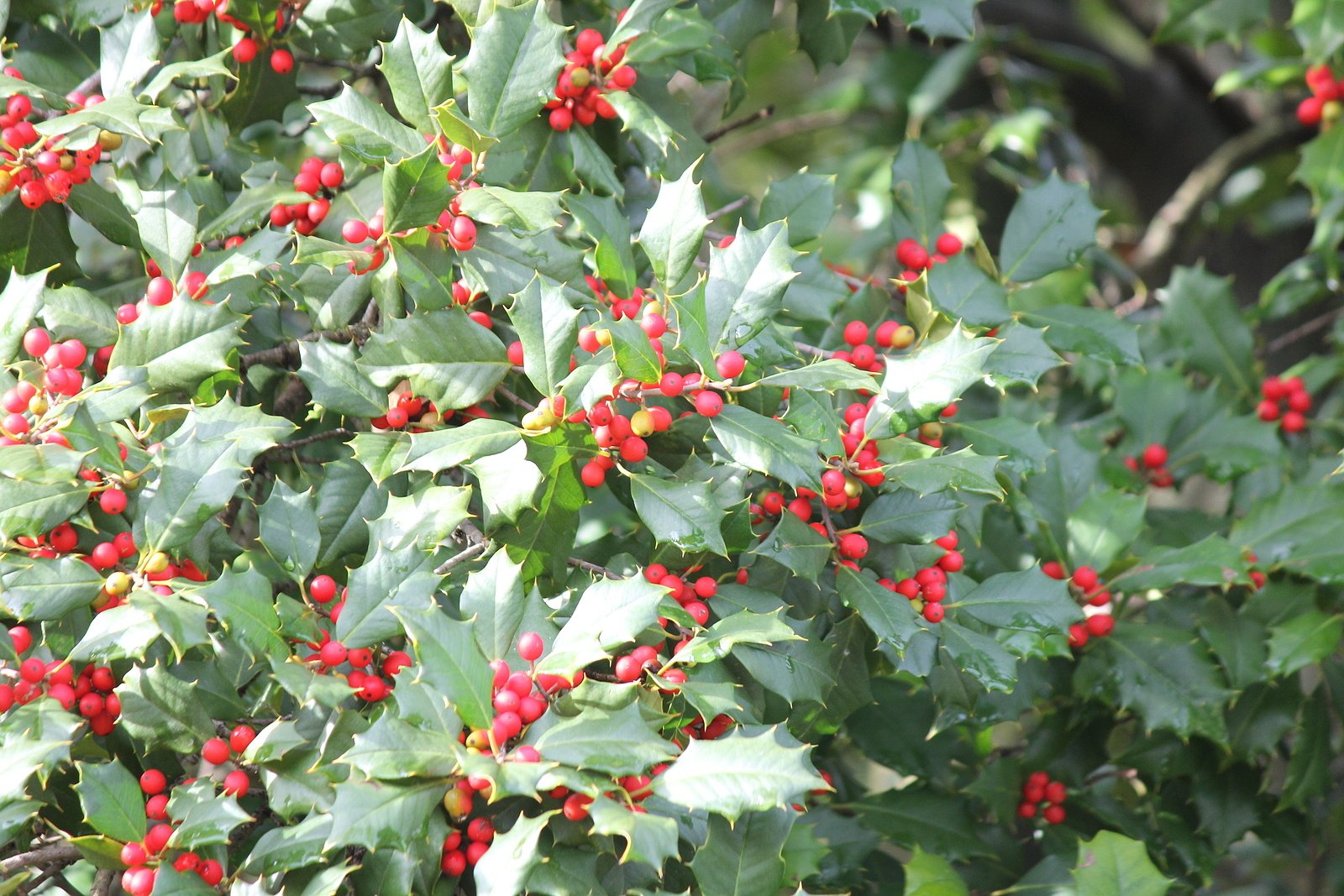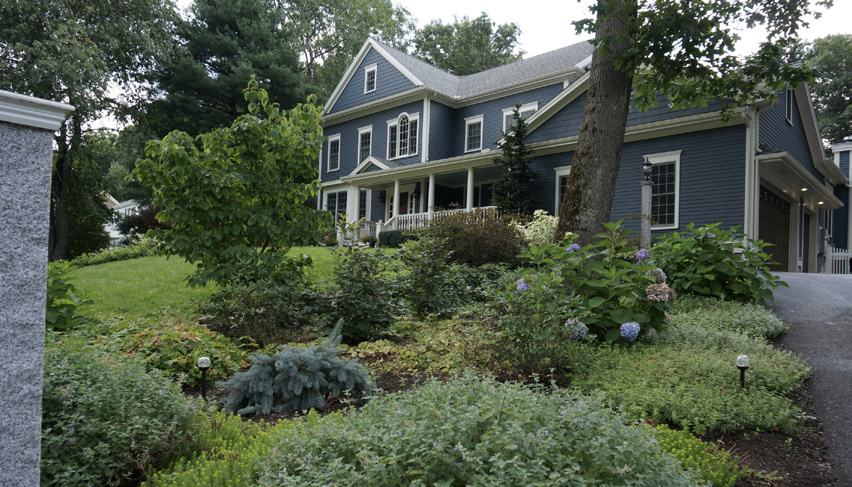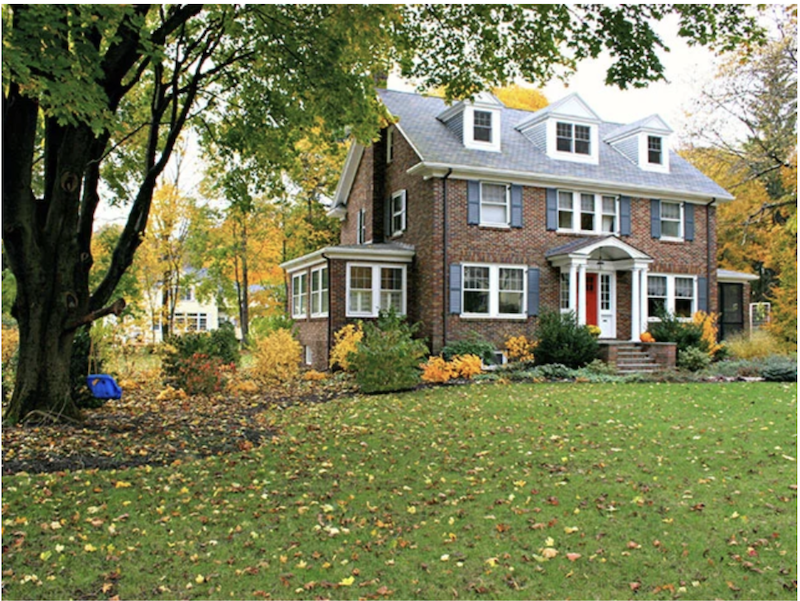A beautiful, healthy lawn is an investment in your home’s curb appeal that is important to protect. In New England, the summer season is when your lawn is showcased and should appear at its best.
The right lawn care routine will ensure that your lawn stays beautiful regardless of the summer heat. Follow these summertime lawn care tips to keep your lawn healthy throughout the summer months.
Early Summer Lawn Care
During the early summer, you’ll want to prep your lawn to be at its optimal health and appearance throughout the summer season. Start your summer lawn care off right by taking the following steps.
Mow Regularly and Properly
Mowing height should vary slightly at different points in the season. Before temperatures rise, mowing to a height of about two inches is sufficient. Lawns will look best mowed slightly higher later in the season when growth has slowed.
Most lawns will require weekly mowing to achieve this range, depending on the amount of rainfall. Leave grass clippings on the lawn to return nutrients to the soil, or alternatively, add them to compost for use as fertilizer later on.

Water Deeply and Infrequently
It is best to water your lawn in the early morning before the sun strengthens and evaporates much of the water. Mowing the lawn less frequently and for longer periods is preferable to shorter, more frequent watering intervals.
In general, lawns will need about one inch of water per week to remain healthy and green. Be sure to account for rainfall when planning the amount of water you’ll need each week.
Fertilize Appropriately
It’s best to apply fertilizer before the summer begins in earnest. Typically, from late-April through early-June is the prime fertilization window to ensure a beautiful lawn throughout the summer months.
A slow-release fertilizer works best for New England lawns. Clippings and other forms of compost may also be useful in fertilizing.
Control Weeds and Pests
It's crucial to address potential weed issues in your lawn early in the season, as weed control methods will not be as effective once they begin to appear.
You should inspect your lawn regularly to check for potential pest problems. Brown patches, wilted blades, and small holes or mounds of sand can all be signs of pest damage. Additionally, an increased presence of birds and flying insects or of spider webs in the grass can indicate the presence of grubs.
Homeowners have plenty of options for natural, organic methods for weed and pest control. Ladybugs, for example, can be used to kill certain pests like aphids. For weed control, you should make sure to pick up any grass clippings when weeds are present. As a more long-term strategy, a spring or fall lawn renovation is a very helpful tool to remove invasive weeds like crabgrass. To do this, you can remove crabgrass patches, replacing them with a thin layer of a 50/50 mix of seed and fertilizer laid over the bare area.

Aerate and Overseed
Aerating your lawn will relieve soil compaction and improve water absorption. Overseeding will result in the best chance of new growth, and is especially important for any bare spots.
Some of the best types of grass for use in Massachusetts are fine fescues for shaded lawns and Kentucky bluegrass or perennial ryegrass for lawns that receive full sun.
Be sure not to add lawn fertilizer immediately after aeration and seeding, as this can ultimately damage your lawn’s health.
Mid-Summer Lawn Care
In mid-summer, your lawn will require different practices to address heat and possible drought conditions, as well as heavier use.
Adjust Mowing Practices
During this part of the season, you should mow your lawn using a higher setting. A raised mower blade will keep the grass longer. This will provide more shade for the soil, reduce evaporation and keep the grass roots cooler. A height of three inches is ideal for this time of year.
Water Efficiently
As the mid-summer sun burns hotter, mowing early in the day becomes even more important. Adjust the amount of water depending on the amount of rainfall. This may mean adjusting in-ground sprinkler settings.
Manage Foot Traffic and Stress
For a healthy lawn, it’s important to limit heavy foot traffic, especially during hot or dry conditions.
Homeowners can manage this by creating designated pathways for high-traffic areas. This can be achieved with a simple solution like stepping stones, or a more permanent solution such as a custom hardscape pathway.
If your lawn does become stressed, be sure to give it adequate water and time to recover.

Late Summer Lawn Care
Late summer is the time to begin taking steps to prepare your lawn for the cooler fall months. You can lay a strong foundation for the following growing season by following through with the right lawn care schedule in August and September.
Continue Proper Mowing
Maintain your current mowing schedule and continue to mow high, as taller grass will keep your lawn healthier. Inspect your mower and replace any dull blades.
Adjust Watering Practices
At this point in the season, you can water your lawn less frequently. One half-inch is typically sufficient at this time of year.
Be sure to monitor your local watering restrictions in the event of drought. Many municipalities will restrict water usage to certain days within the month, and you’ll need to plan your watering schedule accordingly.
Fertilize Appropriately
Before applying any fertilizer, you should start with a soil test to determine which fertilizer option, as well as the type of seed, that is best for your property's soil. This test also will help you determine how much of each product is needed. As an example, some lawns will require calcitic lime and bio-stimulant soil conditioner for them to thrive.
Regardless of the soil's health, all lawns should be fertilized in the spring, summer and fall. During the spring and fall, you should first top dress the area with nutrient-rich matter like compost, followed by overseeding in thin areas. If weeds are not present, you can return the grass clippings, as they will not contain weed seeds.
Aerate the Soil
Lawn seeding is ideal between late August and October. To prepare for fall seeding, aerate your soil to improve its structure. Aerating will also promote root growth and enhance water and nutrient absorption.

Overseed and Repair Bare Spots
By this point, hot weather and foot traffic have likely combined to create some bare spots in your lawn. Beat the summer heat by overseeding to fill in those sparse areas in mid-August to mid-September.
Start by removing and raking debris, then applying seed and covering with compost or other fertilizer. These areas within your lawn should be watered lightly and frequently, as much as 2-3 times per day during the germination phase.
Maintaining a beautiful lawn all summer long requires paying close attention to your lawn’s specific needs as well as ever-changing weather patterns and drought conditions. There are many opportunities for homeowners to misstep; however, you can remove the guesswork in managing your lawn needs by entrusting them to a landscape maintenance and design company that is highly knowledgeable about each phase of summertime lawn care.
To learn more about how proper landscape maintenance like a regular summertime lawn maintenance routine can help you improve your enjoyment of your property, download our free ebook, How to Maintain Your Landscape and Transform It into a Beauty You'll Love. If you'd like to begin a landscape maintenance project of your own, you can contact us here to schedule a complementary discussion about how we can partner with you.









































